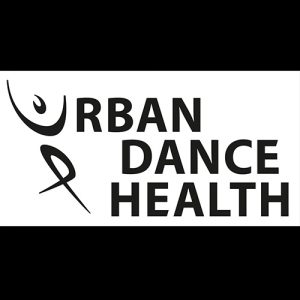
London, 2012. 100m butterfly stroke – men.
The US-American swimmer Michael Phelps is preparing himself for the start of the race. He seems a little introverted as he goes to the pool and takes two or three deep breaths. He is wearing big headphones and is listening to ´Lil Wayne´. Apparently, he is somewhere else with his thoughts. He is standing on the starting block, the start signal rings. There are a lot of screaming spectators and there is a lot of motion in the water…
Michael Phelps wins gold. Not for the first time. He is the most successful Olympic swimmer of all time with 22 medals, 18 of them in gold.
Beside excellent physical condition and ideal circumstances he names another factor as crucial for his success. Mental strength achieved by mental practice – Michael Phelps is considered to be a perfectionist in this field.
The answer is quite simple. Mental practice is the generic term for techniques and strategies you can use to work on your performance and ideally improve it. Equally, mental practice can be used to work on setbacks and to cope with stress.
Specific targets which are in the focus of mental practice can be emphasized:
A kind of movement-practice with the mind´s eye. Movement imagination without actual physical movement. In doing this you can learn important aspects of the motion which you were not aware of before. This leads to less mistakes and fails in movement execution as the motion is effectively better known and controlled.
For every action there is an optimal level of activation. If you are too aroused or excited you will not be able to focus the attention on the important processes (e.g. a specific motion-technique). Relaxation can help. This can be triggered by mental techniques and strategies. The rarer, but still existing case is that you are not aroused enough through tiredness or lack of motivation for example. In this case, mental practice can help to mobilize and to activate.
If you set your goals too high you will not be able to reach them because of the lack of skills. If you set your goals too low you will not use your full potential. Therefore, it is important to have realistic perception of what you are capable of doing. Having an awareness of your strengths and capabilities but at the same time of your weaknesses and limits. This is the only way you can set appropriate goals, motivate yourself to reach those and learn how to cope with obstructive thoughts.
The doctor says the injury is healed up completely – technically everything is supposed to work 100%. But it does not, because the mind still remembers the injury and everything that was and is associated with it. With mental practice, phantom pain can be treated and mental blocks can be solved. But this depends on the severity of the trauma.
Mental practice is not just applicable in sports. It has a high importance in clinical psychology and in treatment of (physical) diseases. But what is interesting for most people is the usability and the corresponding value for everyday life. Especially with regard to work and career. Techniques to encourage your motivation or creativity training, also known as brain jogging, are useful tools for example.
Principally, mental practice can help you to cope with stress, pressure and fears, at work or in your everyday life. Even here techniques and strategies that can be used are not really different from those a professional sport athlete uses. However, they are chosen for and tailored to individual needs. So if mental practice helped Michael Phelps win gold – it is not that unlikely that it can help you win your personal gold.
Also By Urban Dance Health:
Breakdancing Injures: Common Damage Areas And Causes
Breakdancing: Warm Up Essentials


Urban Dance Health (UDH) is located in Stuttgart, Germany. It consists of a team of three physiotherapists who are internationally established dancers themselves, so they know both the requirements and the needs of dancers. They regularly conduct health workshops for dancers and dance teachers, offer health checks at events and publish tutorials and articles in the Urban Dance Health Blog. The Urban Dance Blog covers topics such as injury prevention, rehabilitation and regeneration as well as scientific research about how to maintain a long and healthy dance career. In order to promote the health of dancers in a sustainable way, UDH now also trains medical professionals in dance medicine. Doctors and therapists require the right tools to respond to the needs of dancers. This creates a worldwide network of health experts who enable interdisciplinary health care for dancers.
Read Full Profile© 2021 TheatreArtLife. All rights reserved.

Thank you so much for reading, but you have now reached your free article limit for this month.
Our contributors are currently writing more articles for you to enjoy.
To keep reading, all you have to do is become a subscriber and then you can read unlimited articles anytime.
Your investment will help us continue to ignite connections across the globe in live entertainment and build this community for industry professionals.